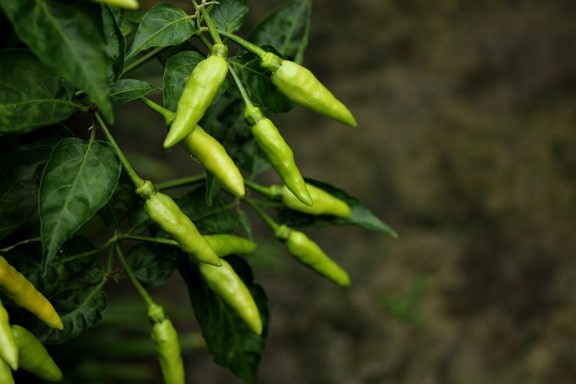The history of chili peppers is pretty fascinating. If traced back in history indigenous people like Aztecs and Incas are even found to cultivate chilies. Originating in the Americas, specifically in regions like Mexico, Central America and South America, chili peppers belong to a historic timeline which dates back a thousand years. The arrival of Christopher Columbus in the 15th Century paved the way for Chili to be spread to Europe and then subsequently to the whole world. Now it is an integral part of global cuisine.
Starting from the chili-splashed burritos of Mexico up to the biriyanis of India, and the delicate bhortas of Bangladesh whatever spicy food comes to mind has to have Chili as its companion. The desi street foods are unimaginable without the participation of fiery tastes from desi to Bombay chili. Besides its culinary role, chili has a dignified history of medicinal use by various civilizations. Capsaicin, the core ingredient of Chili which causes heat has therapeutic effects and is used with creams and ointments to alleviate pain associated with arthritis, neuropathy and muscle soreness. The heat from chili can stimulate the release of endorphins which act as natural mood enhancers.
The nutritional benefits of the red giant are mentioned as worthwhile. It contains essential vitamins and minerals. Chilies are a notable source of vitamin C, an antioxidant crucial for skin health and the human system. Aside from this, it contains potassium which is important for heart health.
Without a doubt, the role played by the chilies reflects on the heat produced by it. Liking or disliking depends on the level of spice, but the fiery taste is something unavoidable to food lovers in the world.




